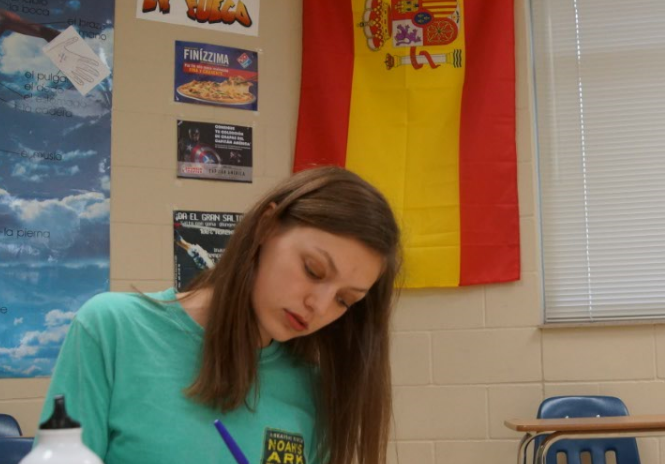The Fault in Our Studies
April 28, 2017
If Minnetonka is known for one thing, it’s academics. Ranked 9th out of all schools in the state of Minnesota by US News and first on the Organization for Economic Co-Operation and Development’s international student assessment, Minnetonka is entitled to brag about its college preparation and high test scores. However, that doesn’t mean that there’s no room for improvement in the current curriculum. The starting point for this improvement is something that slips easily under the radar unless you’re looking for it: the lack of material covering Latin America and advanced history classes.
Out of all of the Social Studies courses currently found in the Skipper Log, only one, AP Comparative Government, mentions curriculum that involves countries south of the equator. AP Human Geography, although it isn’t directly advertised in the class’s description, also includes curriculum that discusses the development of culture in Africa and Latin America. This means there’s almost a complete exclusion of Latin America from social studies curriculum taught at Minnetonka. The term for this kind of bias in history lessons in the United States is eurocentrism, and it is not new.
Eurocentrism, according to Merriam Webster, is defined as “centered on Europe or the Europeans; especially: reflecting a tendency to interpret the world in terms of European or Anglo-American values and experiences.” This is a nationwide problem that received media coverage since at least 1989, when the New York Times ran an article, written by Jon Pareles, dubbing eurocentric as “a fighting word in academe.” More than thirty years later, Minnetonka has adapted some of its curriculum to be more internationally-focused, but very slightly.
The IB Diploma Program, which saw its first graduating class in 2006, expands Minnetonka’s history curriculum to include Spain, China, and Japan, but still does not cover the majority of Latin America. In recent years, immersion programs have taken root in the elementary schools that focus on teaching students Spanish and Chinese. As students from the immersion programs come into the high school, courses have been developed to accommodate immersion students. Unless students are enrolled in Spanish language or the IB Diploma, they still are not taught any history involving Latin America, leaving a gap in their education which, in the current demographic state of the world, could be reason for concern.
This lack of Latin American education is accentuated when population demographics are considered. The current estimated Latin American population of the United States is 57 million, and is currently increasing by 2.8 percent every year. The current population in Minnesota is an estimated 276,000, and the Latin American population in Minneapolis alone is an estimated 140,000, one of the fastest growing communities in the country. Without education, inclusive perspectives can be hard to reach, and we invite a lack of respect for peoples and cultures. The risk becomes that, in a world that is more interconnected than ever, a global perspective will be lost for Minnetonka students because they’ve only learned about part of the world.






























